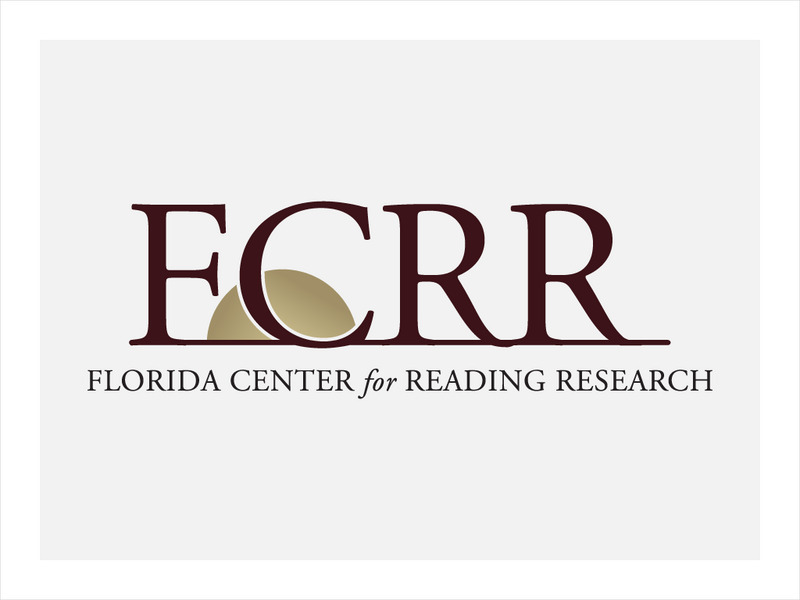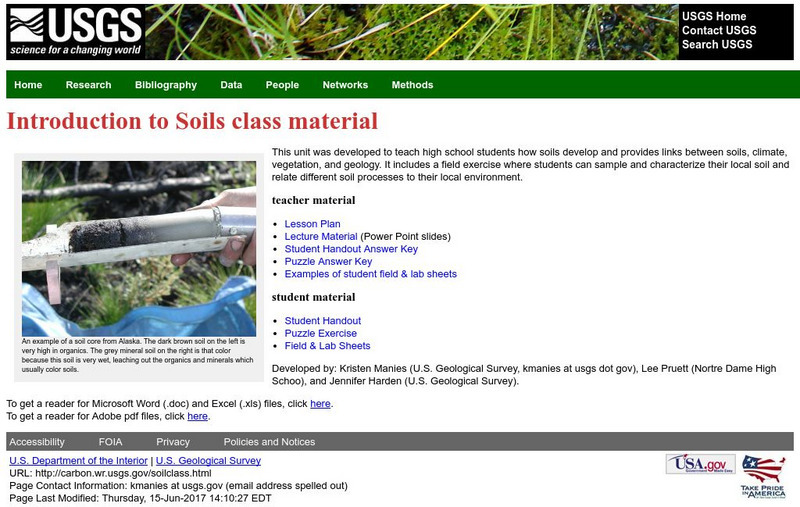British Library
British Library: Teaching Resources: Milton: Crime & Punishment in Paradise Lost
Through exploring characterization and setting in Paradise Lost, students will reflect on how transgressive actions and their consequences are presented, with particular reference to Books I, II, IX, and X. Included in this instructional...
Utah Education Network
Uen: 2nd Grade Act. 12: Guess My Character
This lesson engages students in reading comprehension strategies related to Patricia Polacco's book, My Rotten, Red-Headed, Older Brother. Students will analyze the story's characters and create thought bubbles associated with each...
CPALMS
Cpalms: Five Little Monkeys: Comparing and Contrasting
[Free Registration/Login Required] Five little monkeys sitting on a bed or sitting in a tree? In this close reading lesson, students will compare and contrast the actions of the characters in two of Eileen Christelow's beloved books,...
Read Works
Read Works: Lesson 1: Actions
In this resource, students will practice identifying and describing the actions of a character. Teachers will model these skills through the use of text and pictures from the story No, David! by David Shannon. Students will then draw a...
Better Lesson
Better Lesson: Speaking and Listening: Collaborative Conversations
Students will partner read The Kite, by Alma Flor Ada. Then work together in small collaborative groups to describe the character of the mother, the children, or the kitten. Included in this lesson are video demonstrations, printable...
National Endowment for the Humanities
Neh: Edsit Ement:charlotte Perkins Gilman's "The Yellow Wall Paper" Writing Women
A close reading of "The Yellow Wall-paper" employing the analysis of such literary concepts as setting, narrative style, symbol, and characterization. Students will write an essay discussing what the story suggests about middle-class...
ReadWriteThink
Read Write Think: Critical and Analytical Thinking About Literary Characters
Contains plans for four lessons that use the short story "After Twenty Years" by O. Henry to teach about characterization using word maps. In addition to objectives and standards, this instructional plan contains links to sites used in...
Lumen Learning
Lumen: Reading and Interpreting Literary Texts: How to Analyze a Short Story
This lesson focuses on analyzing a short story including all of the elements of a short story such as setting, plot and structure, and characterization.
ReadWriteThink
Read Write Think: Become a Character
In this online lesson plan and activity, young scholars actually "become" a character from a novel in their analysis of characterization. The lesson plan uses the Scarlet Letter, but any novel can be used. RL.9-10.3 Analyzing Characters,...
Alabama Learning Exchange
Alex: Scrapbook Book Report
After reading independently a novel or biography, students in this creative writing activity demonstrate their understanding of characterization and point of view by creating the main character's personal scrapbook.
Alabama Learning Exchange
Alex: Analyzing Characters in 12 Angry Men
Re-telling a story from the points of view of its various characters is a powerful way to review the events of a story, show how authors use characterization to reveal characters' personalities, and encourage students to view stories...
Writing Fix
Writing Fix: Actions Speak Louder Than Words
After hearing and discussing an excerpt from Sharon Creech's Walk Two Moons, students will plan to create a unique description of a character that uses memorable actions that "show" a person's character. They will brainstorm verbs that...
ReadWriteThink
Read Write Think: Lights, Camera, Action: Interviewing a Book Character
Students get the inside scoop on a story when they create interview questions and answers for characters in the books they read.
Read Works
Read Works: Character 3rd Grade Unit
[Free Registration/Login Required] In this three-lesson unit, young scholars learn how to identify language within a text that describes a character, use evidence from a text to describe a character, and to use details from a text to...
Read Works
Read Works: Grade 2: Three Lesson Unit: Character
[Free Registration/Login Required] A series of three lesson plans designed to teach students to recognize a character's personality traits, predict a character's actions, and describe a character using rich language. Lessons are based on...
Florida Center for Reading Research
Florida Center for Reading Research: Character Connections
A lesson plan in which students read a narrative text and complete graphic organizers to describe a character or compare and contrast two characters from the story. Materials are included. [PDF]
Florida Center for Reading Research
Florida Center for Reading Research: Compare a Character [Pdf]
A lesson plan in which students read a narrative text and complete graphic organizers to compare and contrast two characters from the story. Materials are included.[PDF]
Florida Center for Reading Research
Florida Center for Reading Research: Character Consideration
A lesson plan in which students read a narrative text and complete graphic organizers to analyze a character. Materials are included. [PDF]
Florida Center for Reading Research
Florida Center for Reading Research: Character Characteristics
A lesson plan in which students read a narrative text and complete graphic organizers to analyze a character. Materials are included. [PDF]
Alabama Learning Exchange
Alex: Character Expression Using the Three Little Pigs
Students will use the character lineup strategy in collaborative groups to retell the story of the Three Little Pigs. Each group will be assigned a different character or emotion and then compare the differences between each group....
ReadWriteThink
Read Write Think: Using Online Technology to Explore Characterization and Style
Students use social networking sites to trace the development of characters by assuming the persona of a character on the class Ning and sending a set number of tweets, or status updates.
Stanford University
Sheg: Document Based History: Reading Like a Historian: The Gilded Age
[Free Registration/Login Required] Students read primary source documents to solve a problem surrounding historical questions. The Gilded Age unit highlights the turbulent changes that characterized the end of the nineteenth century.
TeachEngineering
Teach Engineering: Hidden in Plain Sight
Steganography is the science and art of hiding messages in plain sight so only the sender and intended recipient know the existence of a message. Steganography can be characterized as security through obscurity. Through this lesson,...
US Geological Survey
U.s. Geological Survey: Introduction to Soils
This unit teaches students how soils develop and provides links between soils, climate, vegetation, and geology. It includes a field exercise where students can sample and characterize their local soil and relate different soil processes...
Other popular searches
- Indirect Characterization
- Adjectives Characterization
- Teaching Characterization
- Characterization Worksheets
- Chaucer's Characterization
- Characterization Power Point
- Direct Characterization
- Analyze Characterization
- Characterization Literature
- Characterization Test
- Characterization in Fiction
- Characterization Methods









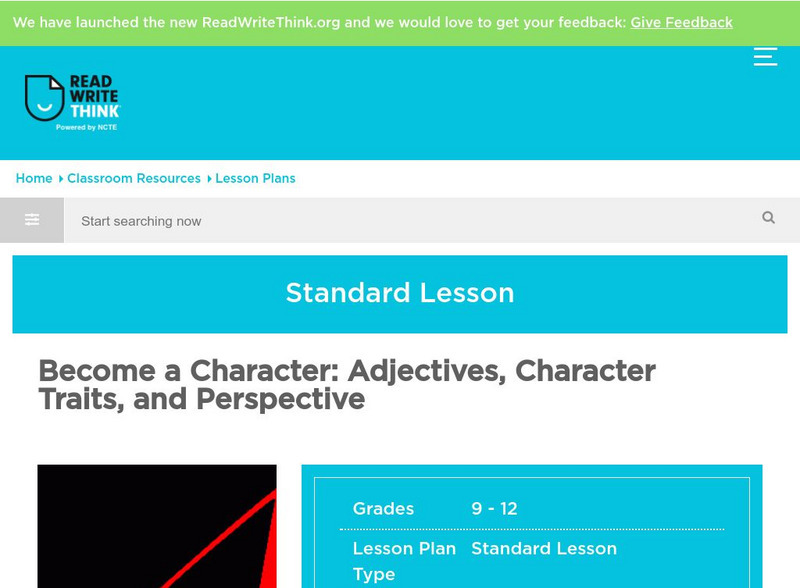

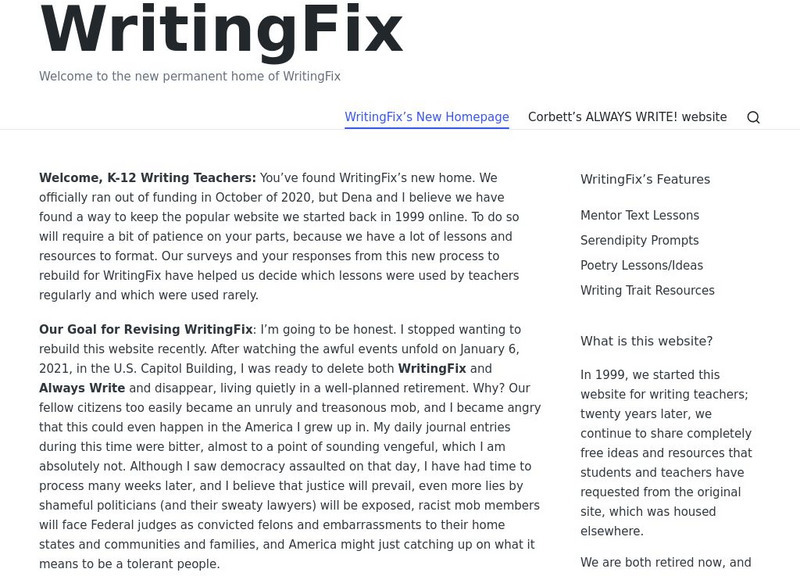

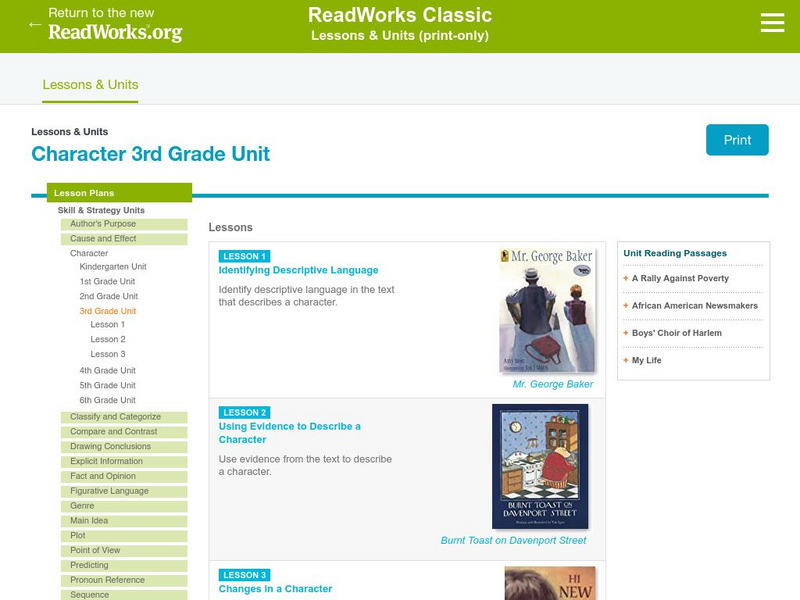
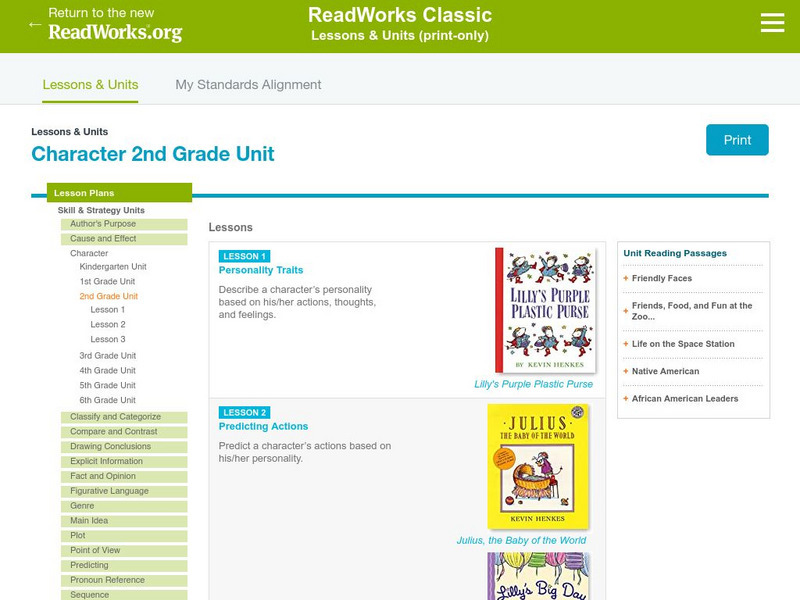

![Florida Center for Reading Research: Compare a Character [Pdf] Lesson Plan Florida Center for Reading Research: Compare a Character [Pdf] Lesson Plan](https://content.lessonplanet.com/knovation/original/509130-d13671fde24d0633b0181120a31112c3.jpg?1661786928)
